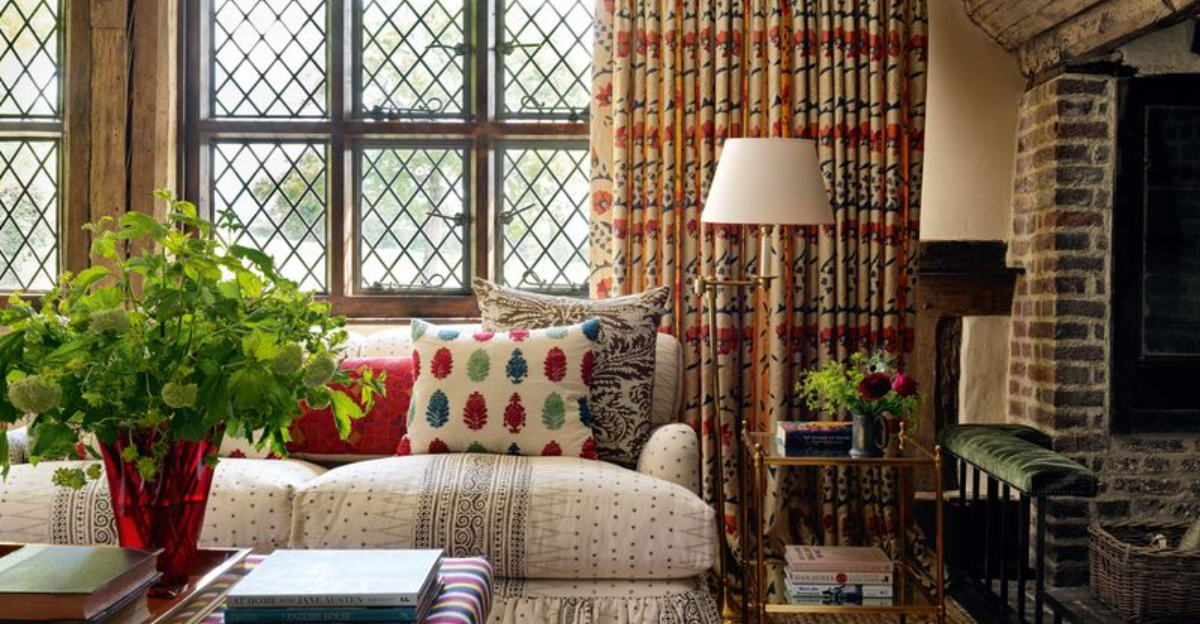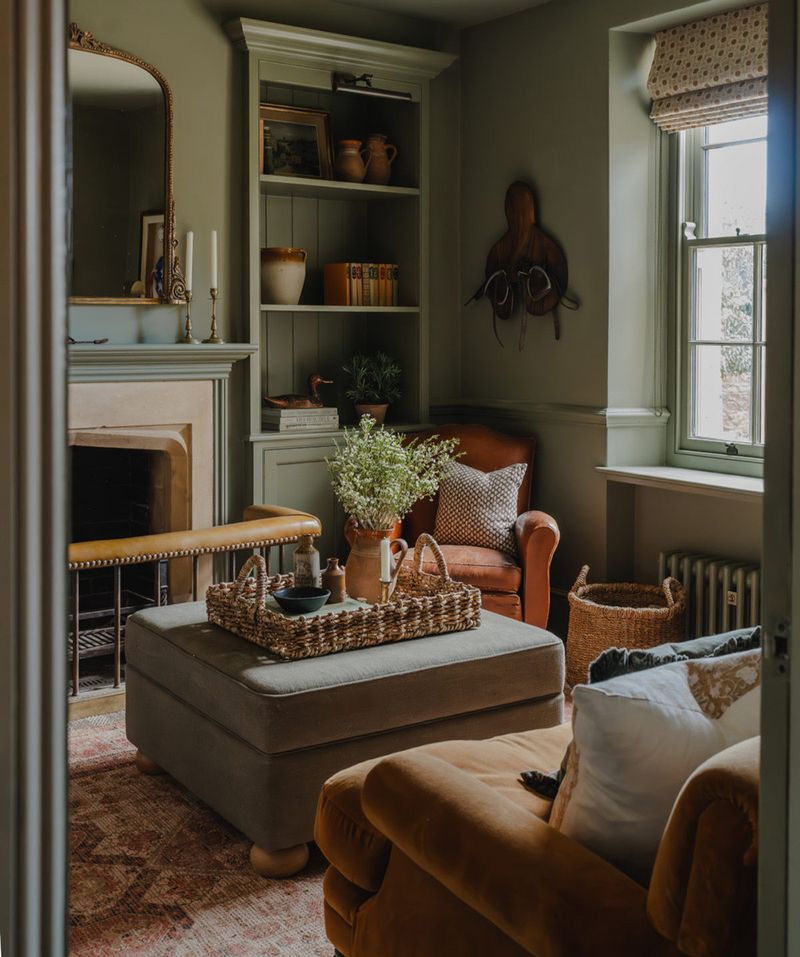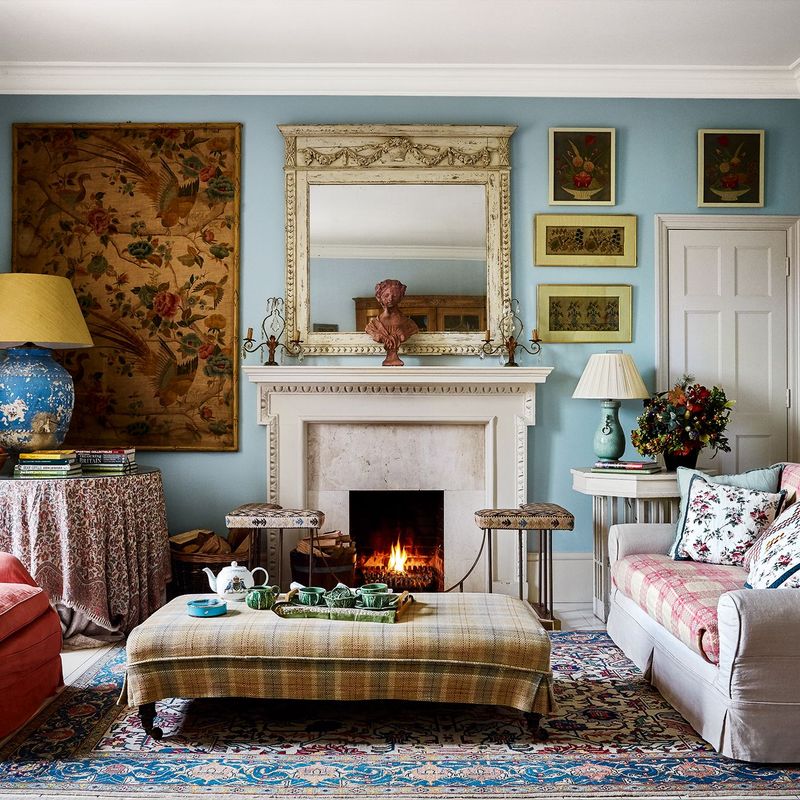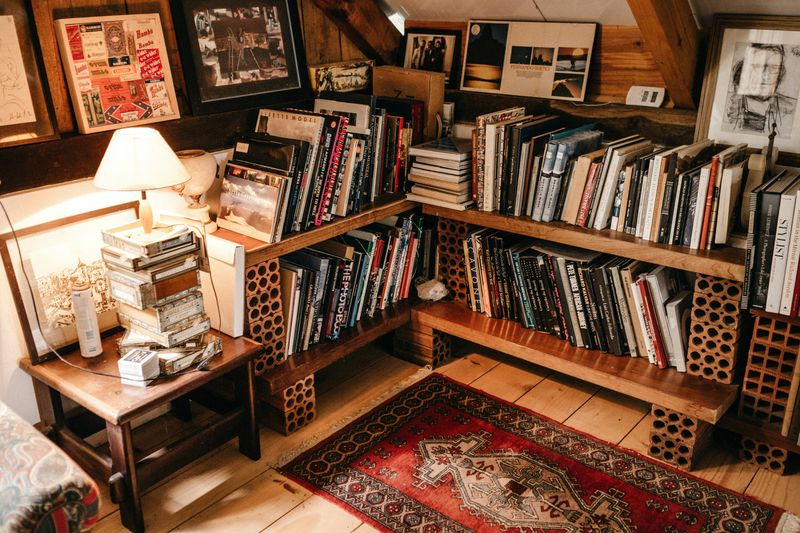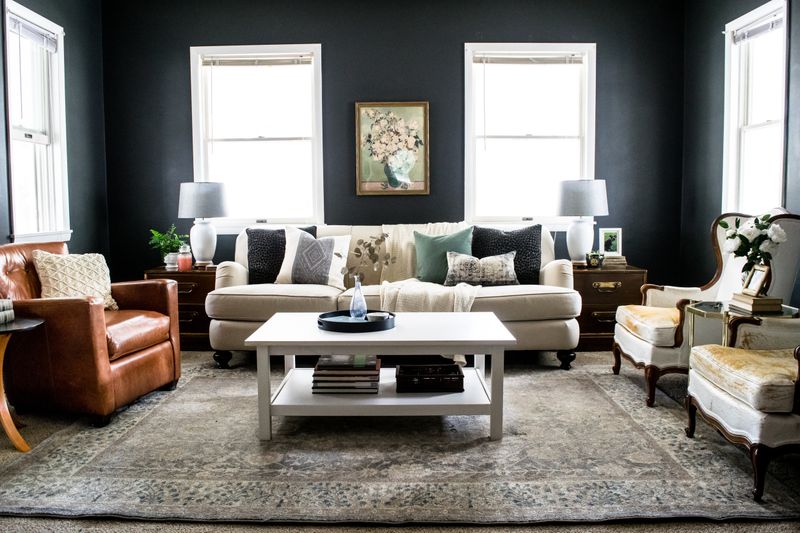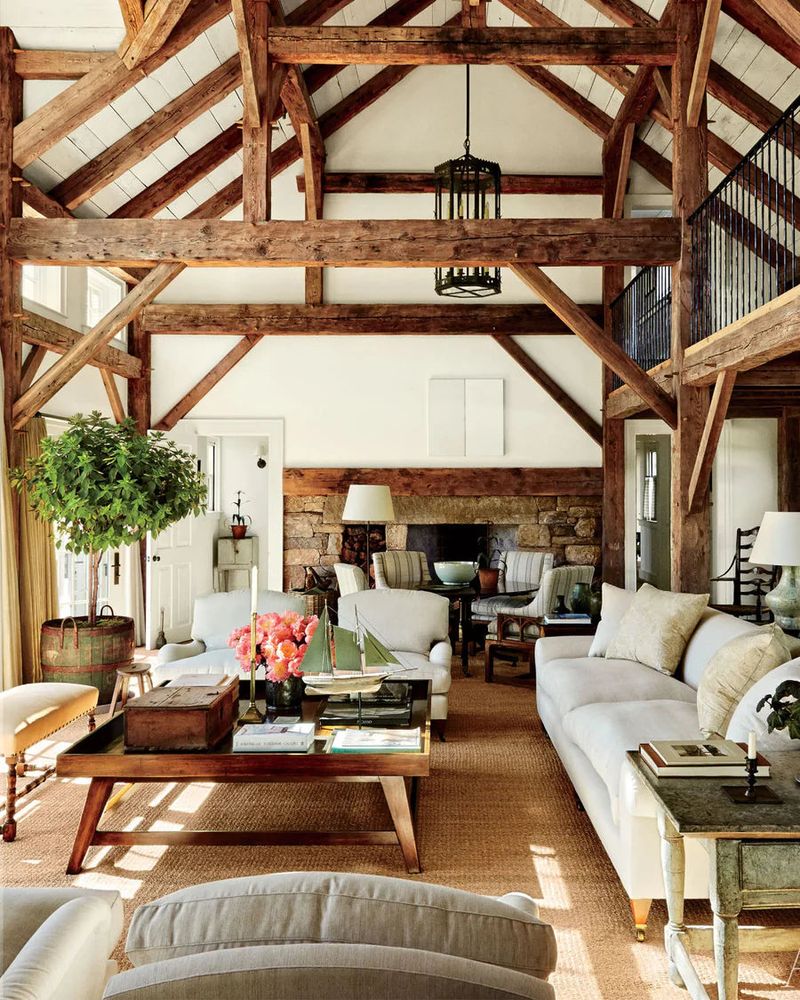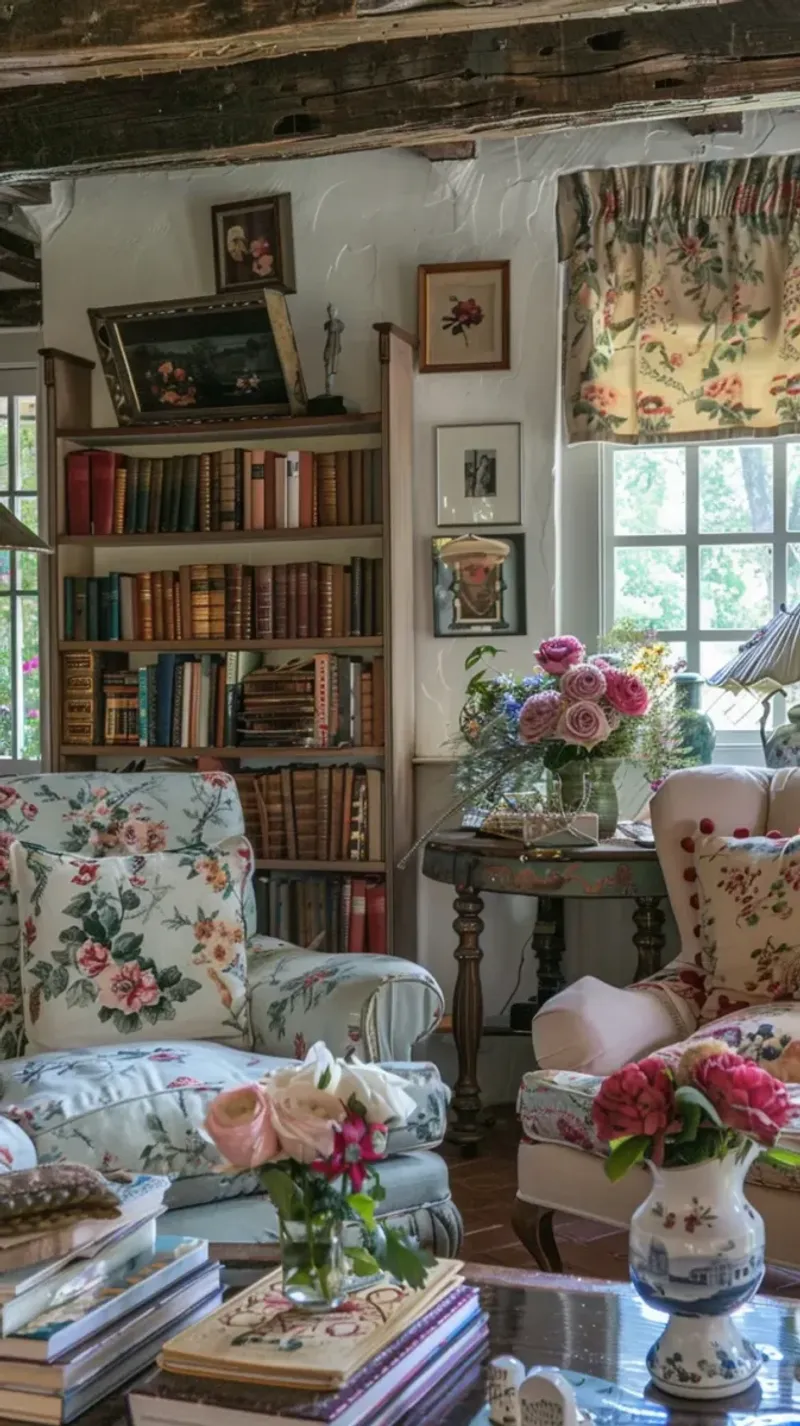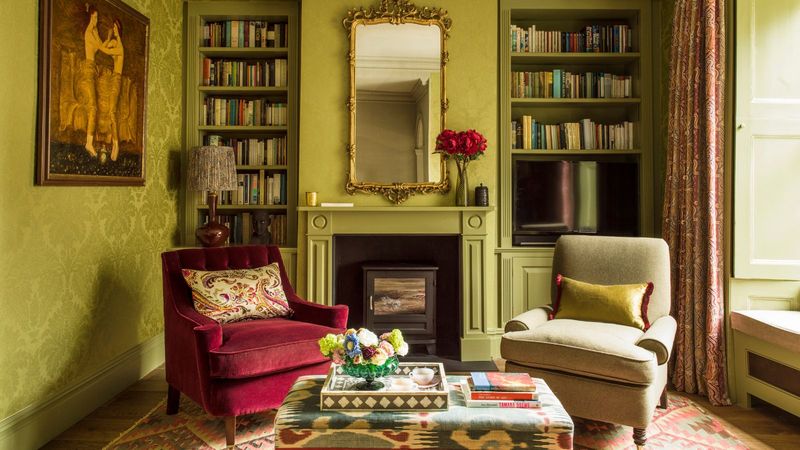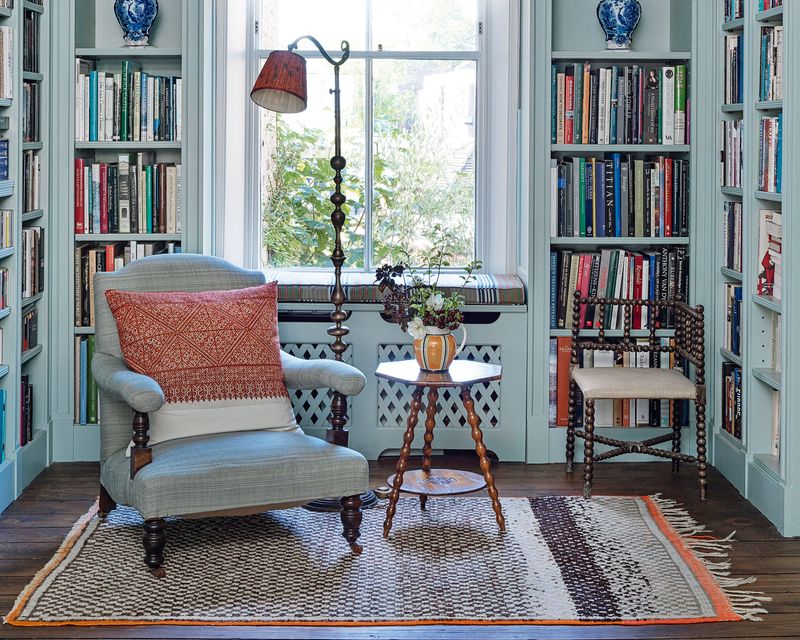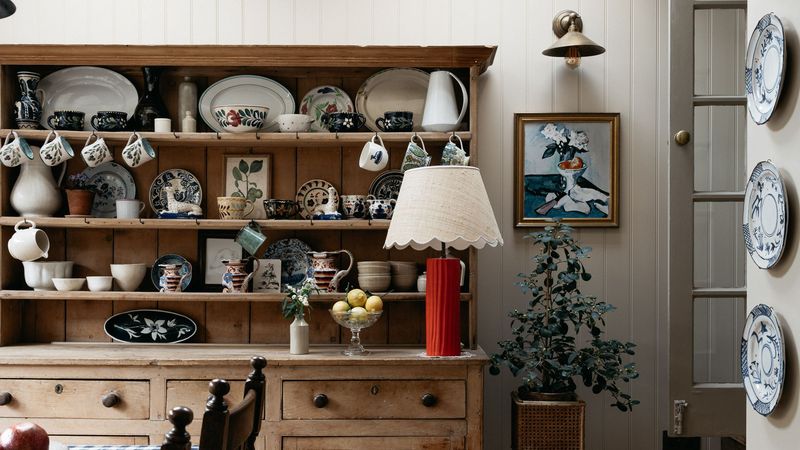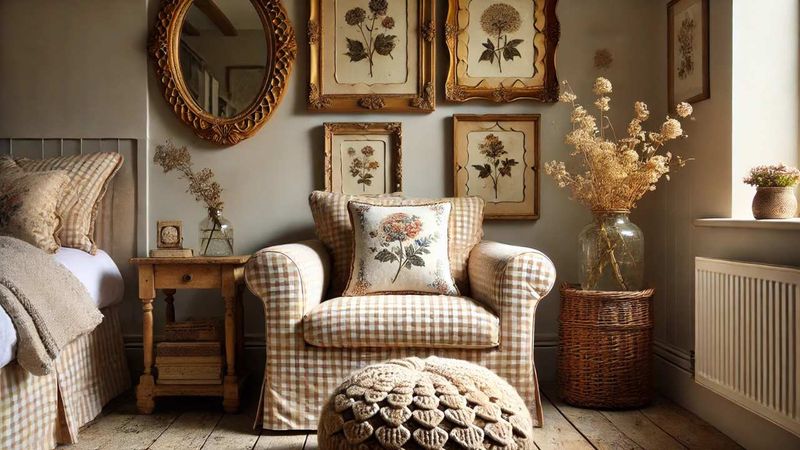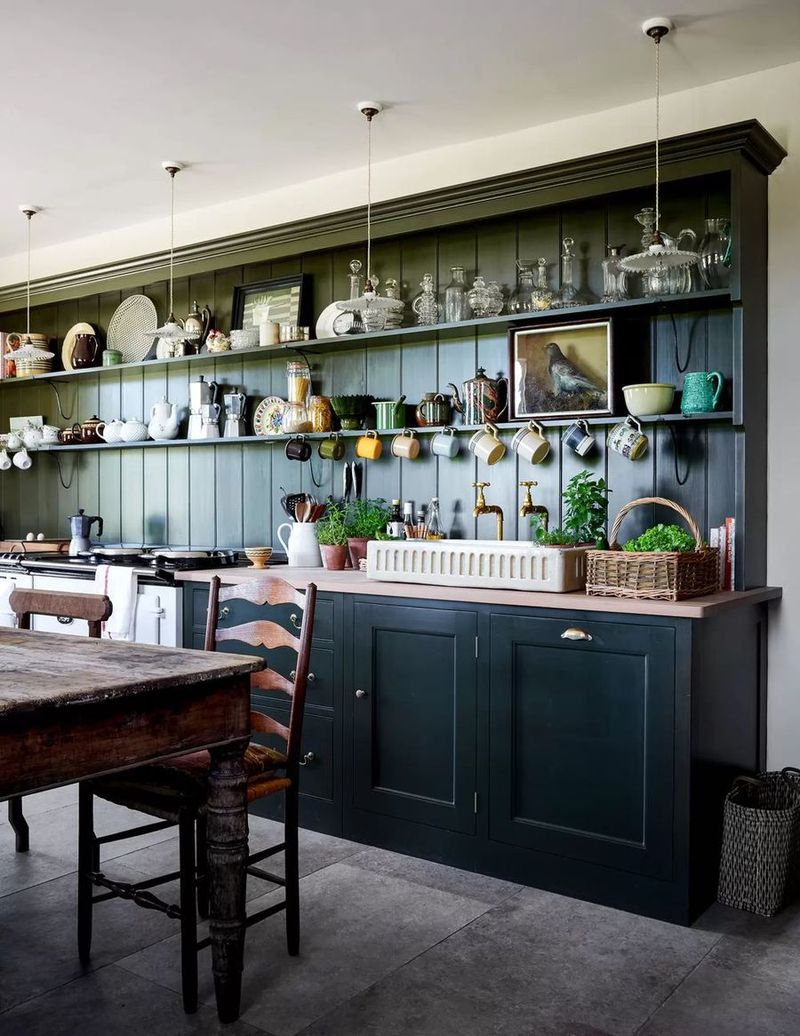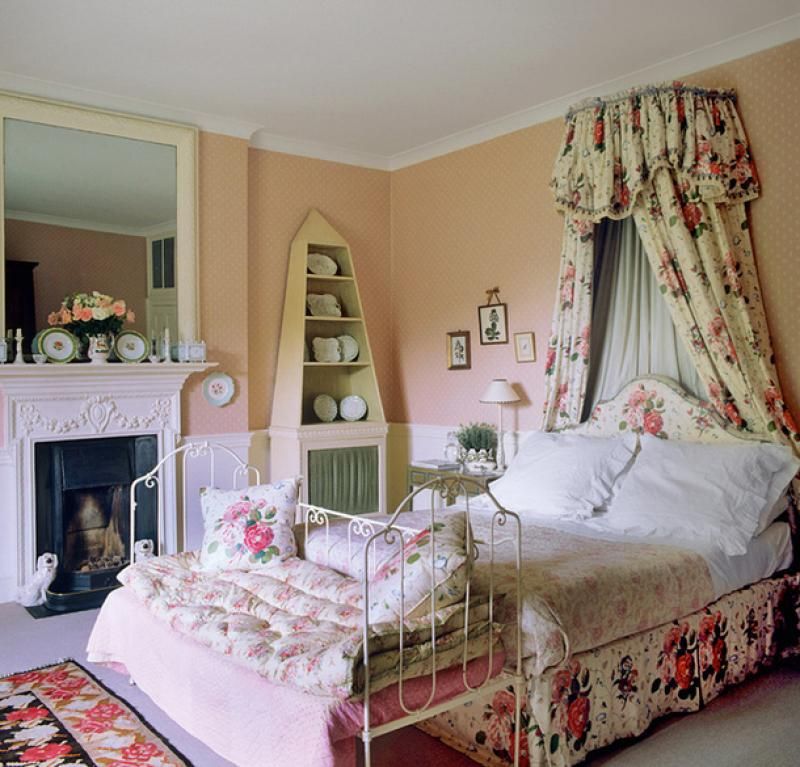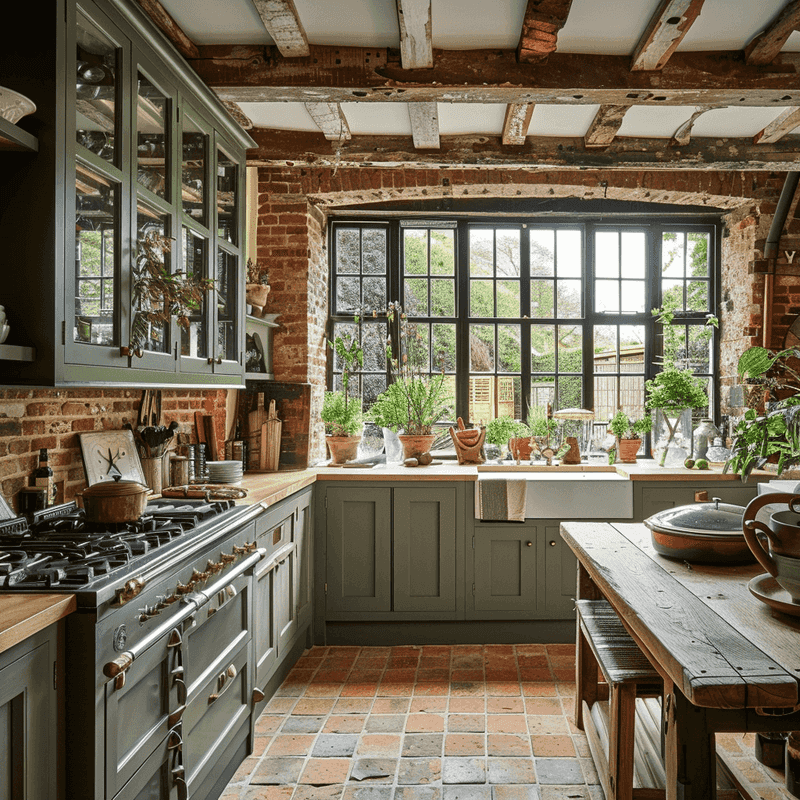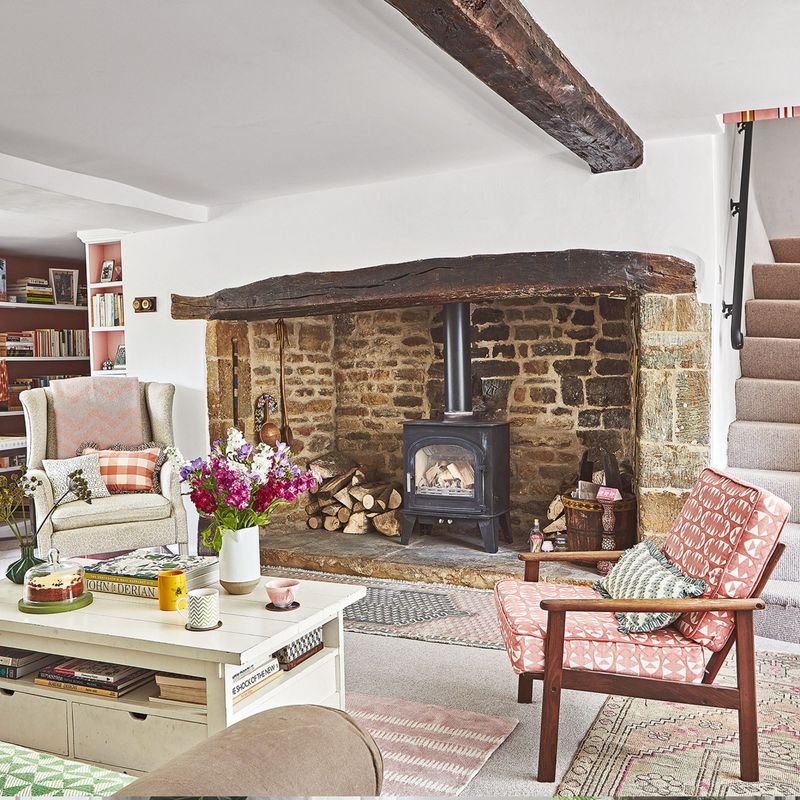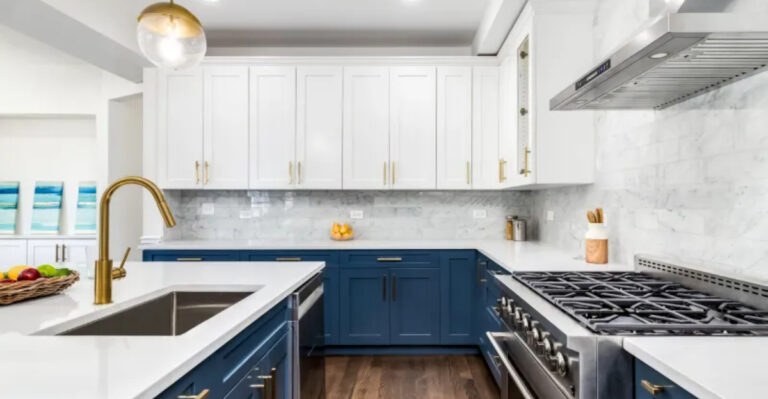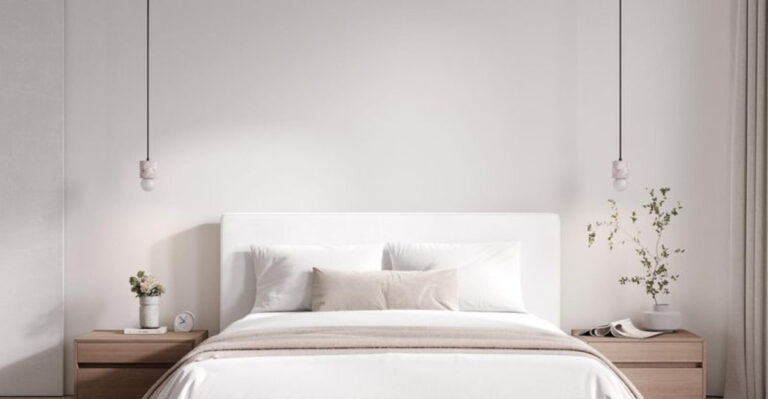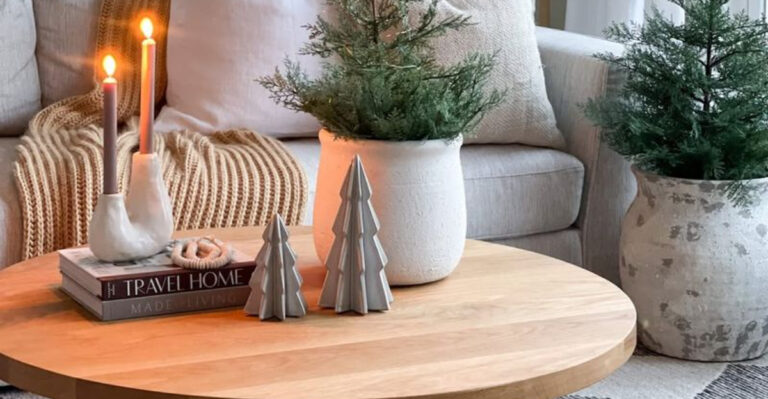20 Lessons To Learn From Classic English Country Interiors And How To Create This Timeless Bucolic Aesthetic
The English country house style has enchanted homeowners for centuries with its warm, lived-in charm and timeless appeal.
This beloved aesthetic combines comfort, history, and a touch of elegance without feeling stuffy or pretentious.
Regardless of if you have a cottage in the countryside or a city apartment yearning for rural charm, these lessons from classic English interiors will help you create a space that feels both sophisticated and wonderfully welcoming.
1. Embrace Comfortable Imperfection
Forget about showroom perfection! English country style celebrates the slightly worn armchair, the gently faded curtains, and the antique table with its beautiful patina of scratches and marks.
These ‘flaws’ tell stories of a well-loved home where real life happens. Aim for spaces that look evolved rather than decorated, where comfort trumps pristine appearances every time.
2. Layer Patterns With Abandon
Within English country homes, pattern mixing isn’t just accepted—it’s practically mandatory! Florals, stripes, plaids, and checks all coexist in delightful harmony.
The secret lies in varying the scale: combine large-scale florals with medium-sized checks and small pinstripes. Keep a consistent color palette throughout to tie everything together while still allowing each pattern to shine.
3. Collect Books Everywhere
Nothing says ‘English country home’ quite like books scattered throughout every room. Rather than relegating reading material to a dedicated library, true country houses feature stacks on coffee tables, shelves in hallways, and volumes piled beside beds.
Books add instant character and warmth while revealing the interests of the home’s inhabitants. Create small reading nooks in unexpected corners with a comfortable chair, good lighting, and easy access to your favorite titles.
4. Honor Family Heirlooms
Across mantels and sideboards of authentic English country homes, you’ll find treasured family photographs in mismatched frames, alongside inherited silver and porcelain pieces that might not match but carry meaningful stories.
Unlike more formal decorating styles, country interiors proudly display sentimental items regardless of their monetary value. The slightly chaotic gallery wall of family portraits spanning generations speaks volumes about what truly matters.
5. Invest In Quality Upholstery
At the heart of every welcoming English sitting room lies well-made, deeply comfortable upholstery that invites long conversations and lazy Sunday afternoons with the newspaper.
While fashions come and go, a quality sofa with good bones can be recovered multiple times over decades. Look for hardwood frames, traditional construction methods like eight-way hand-tied springs, and natural filling materials.
6. Make Room For Antiques
Why rush to fill your home with brand-new pieces when antiques offer character, craftsmanship, and environmental benefits? English country houses excel at incorporating furniture with history.
Even modest country homes typically feature at least one standout antique—perhaps a mahogany sideboard or an oak farmhouse table—surrounded by simpler pieces. The juxtaposition of fine and rustic creates that distinctive English country charm.
7. Showcase Natural Materials
Running your hand across a worn wooden table or feeling the texture of a wool throw—these tactile experiences define English country interiors. Natural materials age gracefully, developing character over time.
Prioritize wood, stone, wool, cotton, and linen throughout your home. Even in more modest country houses, you’ll find these authentic materials rather than synthetic alternatives.
8. Bring The Garden Inside
Fresh flowers picked from the garden appear throughout classic English country homes, from grand entrance halls to modest kitchen windowsills. Unlike formal arrangements, these casual gatherings of blooms look charmingly unfussy.
When garden flowers aren’t available, houseplants, botanical prints, and floral fabrics maintain the connection to nature. The English gardening tradition deeply influences interior design, blurring the boundaries between outdoors and in.
9. Mix High And Low Elements
What gives English country style its approachable charm? The confident mixing of formal and casual elements creates spaces that feel curated rather than decorated.
You might find a priceless oil painting hanging above a simple painted chest, or fine china displayed on rustic open shelving. This high-low approach prevents rooms from feeling pretentious or precious.
Balance any fine antiques with more humble pieces—the contrast between the refined and the rustic creates that distinctive English country house atmosphere.
10. Create Cozy Reading Nooks
Tucked into the corner of nearly every English country home sits a dedicated reading spot—perhaps a window seat with cushions, a small armchair beside a fireplace, or a daybed in a sunny alcove.
These intimate spaces invite quiet contemplation and provide refuge from busy household activities. The essential elements include comfortable seating, good natural light (supplemented by a reading lamp), and easy access to books.
11. Incorporate Meaningful Collections
Wander through any English country house and you’ll discover collections that reflect the inhabitants’ passions—perhaps blue and white china arranged on a Welsh dresser, antique fishing rods displayed in a hallway, or botanical prints lining a staircase.
Unlike curated “decorator” displays, these collections grow organically over time. They tell stories about the people who live there, revealing interests and travels.
12. Prioritize Proper Lighting
Step into a well-designed English country house and you’ll notice the gentle, flattering light – never harsh or overly bright. Table lamps with fabric shades create pools of warm illumination throughout rooms rather than relying on ceiling fixtures.
Consider the practical aspects of lighting for different activities: reading lamps beside chairs, picture lights above artwork, and candles for dining. Natural light plays an equally important role, with simple window treatments that don’t block precious daylight.
13. Embrace Faded Grandeur
Unlike pristine modern interiors, English country houses often feature an elegant shabbiness—sun-faded fabrics, gently worn rugs, and furniture that bears the marks of generations of use.
Look for textiles and furniture with muted colors that appear to have mellowed over time, and don’t be afraid of items that show a bit of wear—they add to the overall charm.
14. Layer Textiles Generously
Against the often-damp English climate, country houses defend with an abundance of textiles—curtains that puddle on the floor, sofas heaped with cushions, beds dressed with multiple blankets, and worn but beautiful rugs underfoot.
These layers create visual interest while making rooms feel instantly welcoming. Mix textures for richness: smooth linens, nubby wools, soft velvets, and crisp cottons play beautifully together.
15. Paint With Heritage Colors
Walk through a classic English country house and you’ll notice the distinctive palette—colors drawn from nature but slightly muted, as if viewed through morning mist.
These heritage hues—sage greens, dusty blues, warm terracottas, and creamy off-whites—have stood the test of time for good reason. They create a perfect backdrop for both antiques and contemporary pieces while connecting interiors to the surrounding landscape.
16. Display Ceramics And Pottery
From grand manor houses to humble cottages, English country interiors feature collections of ceramics—sometimes fine porcelain, other times simple earthenware jugs and bowls.
Look for pieces with character rather than matching sets – the collected-over-time approach feels more authentic.
17. Incorporate Traditional Patterns
Certain patterns have become signatures of English country style—toile de Jouy with pastoral scenes, classic cabbage roses, trailing vines, and small-scale geometrics that have remained popular for centuries.
While contemporary designers continually reinterpret these motifs, the traditional versions carry a certain authenticity. Use these patterns on walls, upholstery, or as smaller accents through cushions and lampshades.
18. Create Inviting Tablescapes
Around the English countryside, dining tables aren’t just for meals—they serve as the heart of family life. When not set for dining, tables feature thoughtful arrangements that invite lingering.
A traditional English tablescape might include a bowl of fruit, stacks of books or magazines, perhaps a houseplant or fresh flowers, and interesting objects collected over time.
19. Keep The Kitchen Practical
Long before kitchen design became fashionable, English country kitchens prioritized function over show. These working spaces feature open shelving for easy access to everyday items, sturdy wooden worktables instead of built-in islands, and quality tools displayed within reach.
Unlike sleek contemporary kitchens where everything disappears behind cabinet doors, country kitchens proudly display the beautiful tools of cooking—copper pots, earthenware mixing bowls, and wooden utensils.
20. Honor The Fireplace As Focal Point
Given England’s chilly climate, the fireplace naturally became the heart of each room, a tradition that continues even when modern heating makes them less necessary.
Traditional English country fireplaces feature simple mantels styled with a mix of practical and decorative items – perhaps a clock flanked by candlesticks, family photographs, and seasonal natural elements.

